
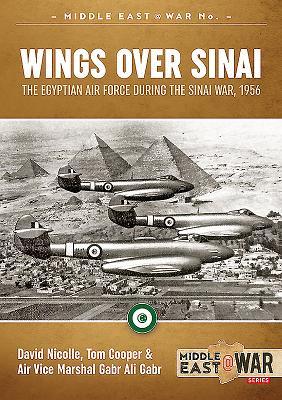
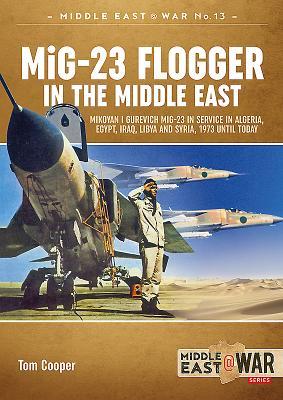
Books in series

Israeli Air Force Operations in the 1948 War
Israeli Winter Offensive Operation Horev 22 December 1948-7 January 1949
2014

Wings Over Sinai
The Egyptian Air Force During The Sinai War, 1956
2017

MiG-23 Flogger in the Middle East
Mikoyan i Gurevich MiG-23 in Service in Algeria, Egypt, Iraq, Libya and Syria, 1973-2018
2018
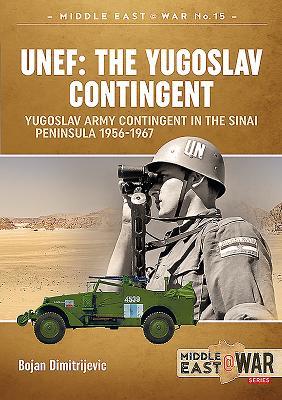
UNEF
The Yugoslav Contingent: The Yugoslav Army Contingent in the Sinai Peninsula 1956-1967
2020

The Armed Forces of the Gulf States Vol. 2
Oman, 1921-2012
2019
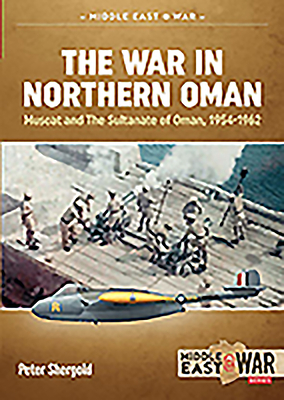
The War in Northern Oman
Muscat and the Sultanate of Oman, 1954-1962
2021

Bombers at Suez
The RAF Bombing Campaign During the Suez War 1956
2021
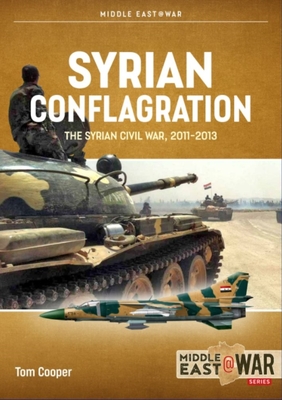
Syrian Conflagration
The Syrian Civil War, 2011-2013 [Revised Edition]
2022

Moscow's Game of Poker
Russian Military Intervention in Syria, 2015-2017
2018
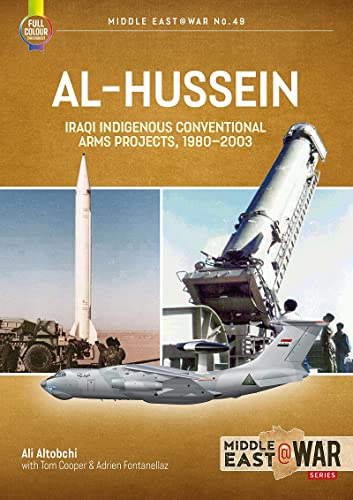
Al-Hussein
Iraqi Indigenous Conventional Arms Projects, 1980-2003
2022
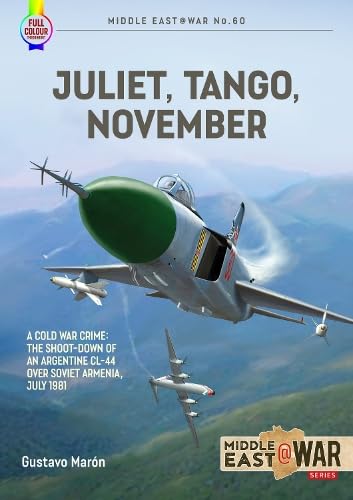
Juliet Tango November
A Cold War Crime: The Shoot-Down of an Argentine CL-44 over Soviet Armenia, July 1981
2023
Authors

Dr. David C. Nicolle (born 4 April 1944) is a British historian specialising in the military history of the Middle Ages, with a particular interest in the Middle East. David Nicolle worked for BBC Arabic before getting his MA at SOAS, University of London. He gained a PHD at the University of Edinburgh. He lectured in World and Islamic art and architecture at Yarmouk University, Jordan. He was also on the editorial board of the Medieval History Magazine.